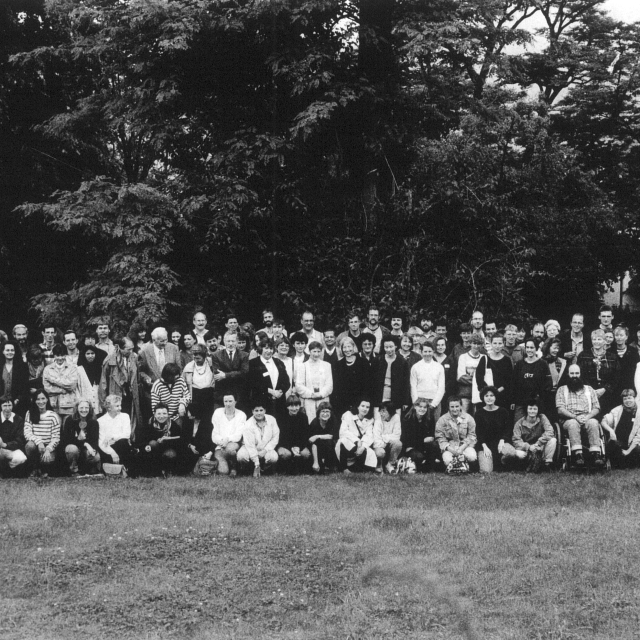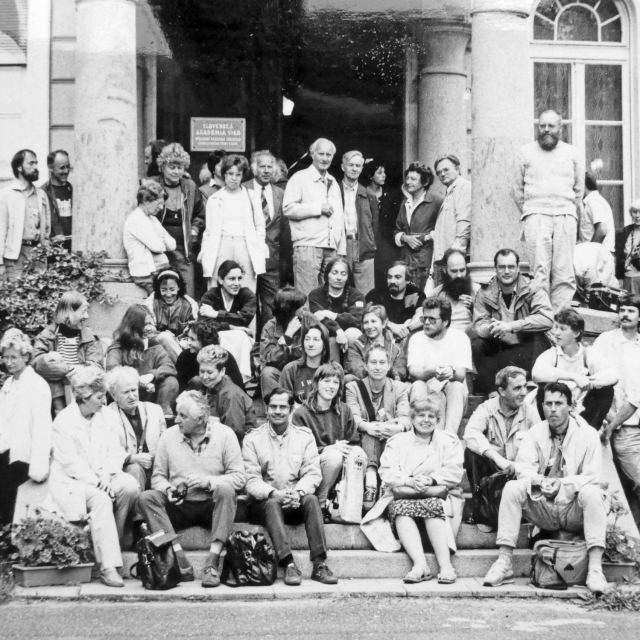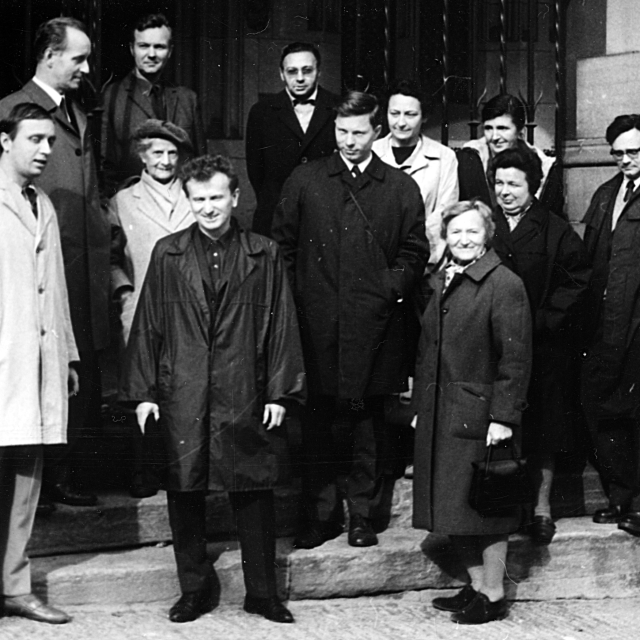Who are we?
The International Work Group for Palaeoethnobotany (IWGP) is the informal and decentral collective of all researchers working in the wide field of archaeobotany.
Foundation of the Work Group
The founding idea of today’s IWGP dates back to the mid-20th century. In 1966, during the 7th International Congress of Prehistoric and Protohistoric Sciences, pioneering researchers Maria Hopf, Klaus-Dieter Jäger, Maria Follieri, Emanuel Opravil, Zdeněk Tempír, Árpád Patay, and Jane Renfrew – in correspondence with Fatih Khafizovich Bakhteev, Moisej Markovič Jakubziner, and Willem van Zeist – launched the idea of creating an international group dedicated to the research of human-plant interactions.
In 1968, Zdeněk Tempír organized a scientific conference at Castle Kačina near Prague (at the time Czechoslovakia, today Czech Republic). This meeting with only twelve participants became the founding event of the “Internationale Arbeitsgemeinschaft für Paläo-Ethnobotanik (IAP)“. With its third conference in Groningen, the IAP changed its official name into “International Work Group of Palaeoethnobotany (IWGP)”.
Our Goals
Just as in its foundation, the Work Group’s principal goal today is still the international exchange between researchers in palaeoethnobotany/ archaeobotany, including archaeopalynology. This goal is mainly pursued by organising triennial conferences.
Among the earliest milestones of this exchange were Jürgen Schultze-Motel’s international literature indices, which were later taken over by Helmut Kroll (see also here), and finally resulted in the online database ArchBotLit.
Another core achievement was 1991’s publication “Progress in Old World Palaeoethnobotany. A retrospective view on the occasion of 20 years of the International Work Group for Palaeoethnobotany“, edited by Willem van Zeist, Krystyna Wasylikowa, and Karl-Ernst Behre, and published by A. A. Balkema.
In 2022, during the 19th conference, Jaromír Beneš, Adéla Pokorná, Michaela Ptáková, and Marcela Starcová presented their historical overview “Archaeobotany in Czechia and Beyond“, which also addresses the developments before and during the foundation of the IWGP.
Our Focus
If your research aims at the analysis and interpretation of archaeobotanical remains in order to provide information on the interactions of human populations and plants – in whichever region, in whichever time period – please do feel welcome as part of the IWGP!
Due to the fact that our conference locations have been situated on the European continent up to now, usually also the major part of contributors are based in European countries. However, we actively encourage fellow archaeobotanists from all over the world to participate in our conferences, and to publish in our journal!

Meet the Crowd!
Background image: Charred cultivated plant remains from Fuente Álamo (prov. Almería, Spain), Bronze Age El Argar culture © Hans-Peter Stika
















